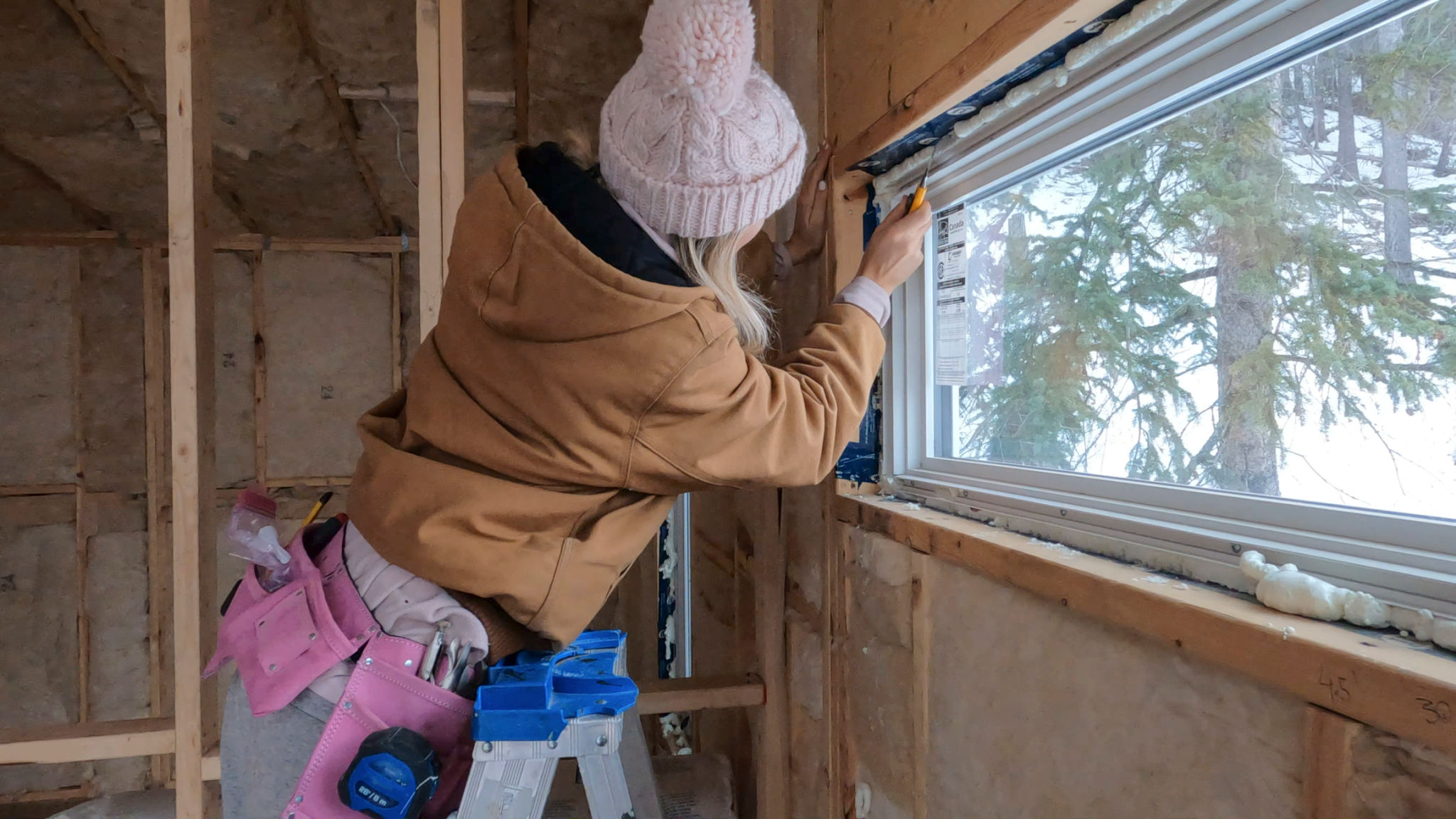Common Mistakes to Avoid When Sharpening Knives at Home
Understanding the Basics of Knife Sharpening
Sharpening knives at home is a skill that many aspire to master. It not only ensures your kitchen tools are in top condition but also extends their lifespan. However, many people make common mistakes that can damage their knives or lead to an unsatisfactory sharpening experience. By understanding these pitfalls, you can enhance your knife sharpening skills and achieve better results.

Using the Wrong Sharpening Tool
One of the most frequent mistakes is using the wrong sharpening tool for your knife. Many people assume that one tool fits all, but this isn't always the case. There are different tools like whetstones, honing rods, and electric sharpeners, each suited for specific needs. It's crucial to choose the right tool based on your knife type and condition.
When selecting a sharpening stone, consider the grit level. A lower grit is suitable for repairing damaged blades, while a higher grit is used for fine-tuning and polishing. Using the wrong grit can either leave your knife dull or cause excessive wear.
Incorrect Sharpening Angle
The angle at which you sharpen your knife is critical for achieving a sharp edge. Many home sharpeners overlook this aspect, leading to a poor result. Most kitchen knives are best sharpened at an angle of 15 to 20 degrees. Maintaining this angle consistently during sharpening ensures a fine edge.
A common tip is to use a guide or a fixed angle sharpener to help maintain this angle, especially if you're just starting out. Practicing with these tools can significantly improve your sharpening technique over time.

Applying Uneven Pressure
Another mistake often made is applying uneven pressure while sharpening. It's important to apply consistent pressure along the entire length of the blade. Uneven pressure can result in an uneven edge and reduce the effectiveness of the knife.
Start with light pressure and gradually increase it as you become more comfortable with the process. Remember, it's not about how hard you push but how consistently you can maintain that pressure throughout the stroke.
Neglecting Regular Maintenance
Sharpening your knives should not be a one-time task. Regular maintenance is key to keeping your knives in optimal condition. Many people wait until their knives are completely dull before sharpening them, which can lead to more extensive damage.

Instead, incorporate routine honing into your kitchen practices. Honing rods can help maintain the edge between sharpening sessions, ensuring your knives stay sharp longer and require less frequent sharpening.
Skipping Safety Measures
Safety is paramount when it comes to knife sharpening. Many individuals overlook essential safety measures such as wearing protective gloves or ensuring a stable work surface. Without these precautions, you risk injury during the sharpening process.
Always make sure your work area is well-lit and free from distractions. Keep your fingers away from the blade's edge and use tools designed to hold the knife securely if needed.
Conclusion
Avoiding these common mistakes can make a significant difference in your knife sharpening efforts at home. By choosing the right tools, maintaining the correct angle and pressure, staying consistent with maintenance, and prioritizing safety, you can ensure that your knives remain in excellent condition and perform at their best.